It’s fun to scroll TikTok and watch people transform their homes with clever tricks and viral DIYs. But not all hacks are created equal—especially when it comes to your property value. What might look cool in a 30-second video could actually backfire if you ever plan to sell. From painted countertops to DIY accent walls, here are 12 trending “fixes” that real estate and design pros say you might seriously regret.
1. Painting Countertops to Look Like Marble

Faux-marble countertop hacks have racked up millions of views, but they can quickly become a major resale issue. According to Homes & Gardens, buyers tend to view painted counters as a red flag—not just for durability, but also for upkeep. Most of these hacks involve epoxy or contact paper, which can peel, stain, or discolor over time. And if a buyer sees that, they’re often thinking about the cost of tearing it all out.
Even if you’re doing it just to “get by” until a full remodel, this shortcut can make your kitchen feel more DIY than desirable. Buyers today are more informed than ever and can spot a painted counter from a mile away. Once it chips or bubbles, it can actually make your space look cheaper than if you’d done nothing at all. Real marble? Always a win. Painted marble? Often a warning.
2. Peel-and-Stick Backsplashes
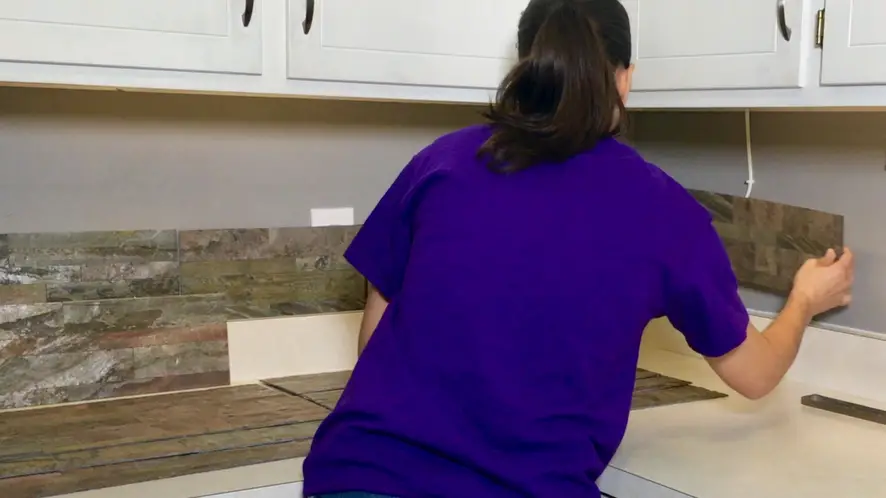
Peel-and-stick tiles are a TikTok favorite because they’re quick, affordable, and easy to apply. But as noted by U.S. News Real Estate, real estate experts often warn that these temporary fixes don’t hold up—and can even signal to potential buyers that corners were cut. Over time, the adhesive can weaken, especially in hot or humid areas like kitchens. Tiles start curling, lifting, or fading, which isn’t exactly a great look when you’re showing your home.
Worse, if you’re layering them over existing tile or a non-primed wall, removing them can actually cause damage. It’s a shortcut that might be fine for renters or staging, but not for a long-term homeowner. Real tile doesn’t just look better—it adds value. Faux fixes? Not so much.
3. Painting Floor Tiles

TikTokers love to show off their painted bathroom or kitchen floors, often using stencils for a patterned finish. But according to Better Homes & Gardens, painted tiles often start wearing down within months, especially in high-traffic areas. Even when sealed, foot traffic, moisture, and cleaning products break down the finish, leading to peeling or flaking. When that happens, your once-pretty floors just look neglected.
Not to mention, this kind of DIY job can scare off potential buyers who assume the rest of the house might be full of “hacks” too. Once one part of your home feels like a short-term fix, it can create doubt about the rest. Prospective buyers often factor in what it’ll cost them to rip it out. Sometimes it’s better to wait and do it right than rush into a project that won’t last.
4. Removing Upper Cabinets for Open Shelving
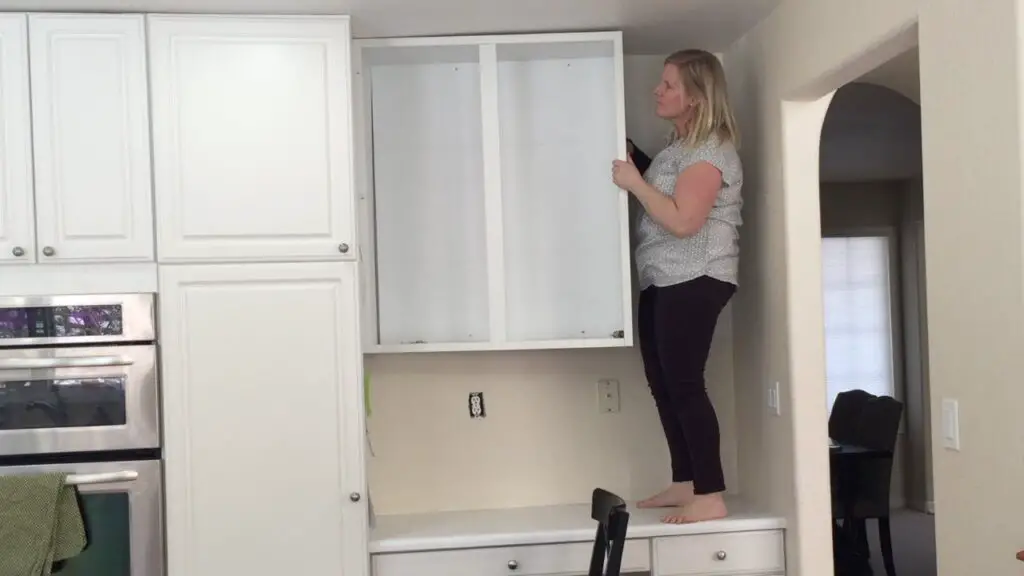
Aesthetically, open shelving is all over TikTok—but practicality is another story. According to Advance Design Studio, removing upper cabinets to make space for floating shelves often reduces the functionality of the kitchen. Most homebuyers want storage, especially in a smaller space, and open shelves just don’t hold as much or keep items hidden. They also tend to collect dust and grease quickly if placed near a stove.
If your home doesn’t have a walk-in pantry or plenty of lower storage, losing upper cabinets can be a major design regret. Buyers see it as a downgrade rather than an upgrade. It might look nice for the gram, but in real life, no one wants to wipe down their dishes weekly. Pretty isn’t always practical.
5. DIY Wall Paneling With Foam or Cardboard

Peel-and-stick wall molding made from foam has been trending for its low price and quick transformation. But many of these materials look cheap up close, especially when they’re uneven or poorly aligned. While a real millwork install can elevate a room, foam alternatives often warp or peel over time. And unlike real paneling, they do nothing for sound insulation or resale value.
Buyers walking through your home will notice when something’s “off.” A crooked panel or gap in the trim can make your entire living room feel unfinished. Even worse, if you glued it down without prepping the surface, removing it could damage the drywall. It’s a case where “quick and easy” just doesn’t age well.
6. Using LED Strip Lights as Primary Lighting
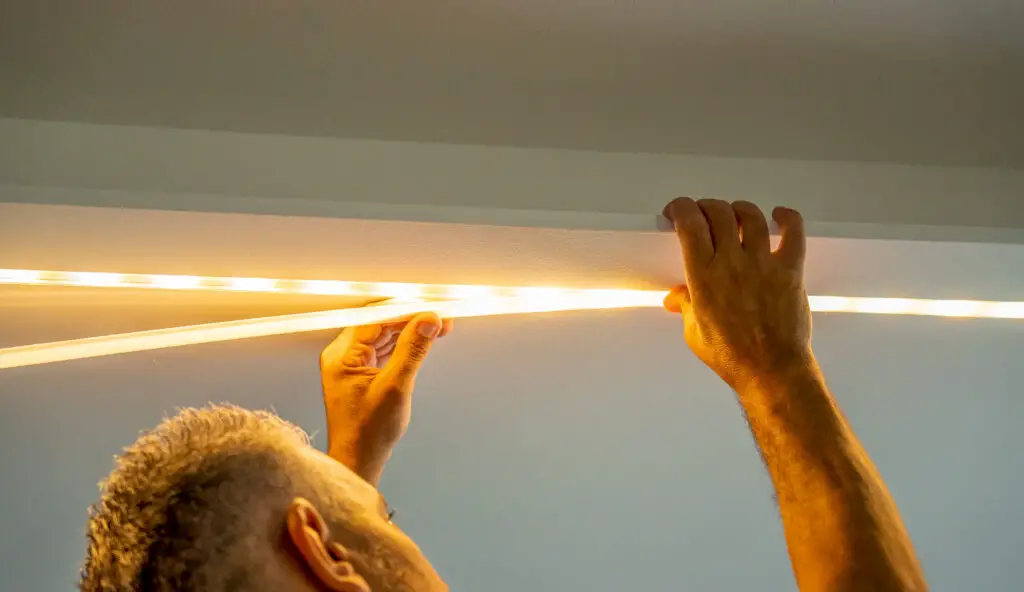
LED strip lights under cabinets or behind TVs are fun and colorful—but not a replacement for real lighting. Some TikTokers are even using them to “frame” ceilings or replace light fixtures entirely. But in person, they can give off a dorm room vibe rather than cozy or curated ambiance. Most buyers still want real recessed lighting, pendants, or sconces in main areas.
Even if the look feels trendy now, it can quickly become dated. Many of these LED kits use cheap adhesive that starts peeling or discoloring after a year. If your ceiling is covered in sticky residue and leftover wiring, it’s not exactly a selling point. Use LEDs to accent, not anchor, your lighting plan.
7. Painted Bathtubs

Painting a tub might sound like a smart refresh, but it often leads to disappointment—especially when not done professionally. TikTok DIYers often use tub-and-tile kits that don’t adhere well and start to flake or yellow quickly. Once that happens, the whole bathroom can look neglected or even dirty. Worse, improper application can lead to a rough or uneven surface that’s hard to clean.
If you’re serious about upgrading your bathroom, it’s better to replace or refinish a tub professionally. Buyers can spot a painted job right away and often assume the rest of the space might be just as temporary. What’s worse is that flaking paint could lead to concerns about mold or water damage underneath. This is one area where it really doesn’t pay to cut corners.
8. Using Artificial Grass Indoors
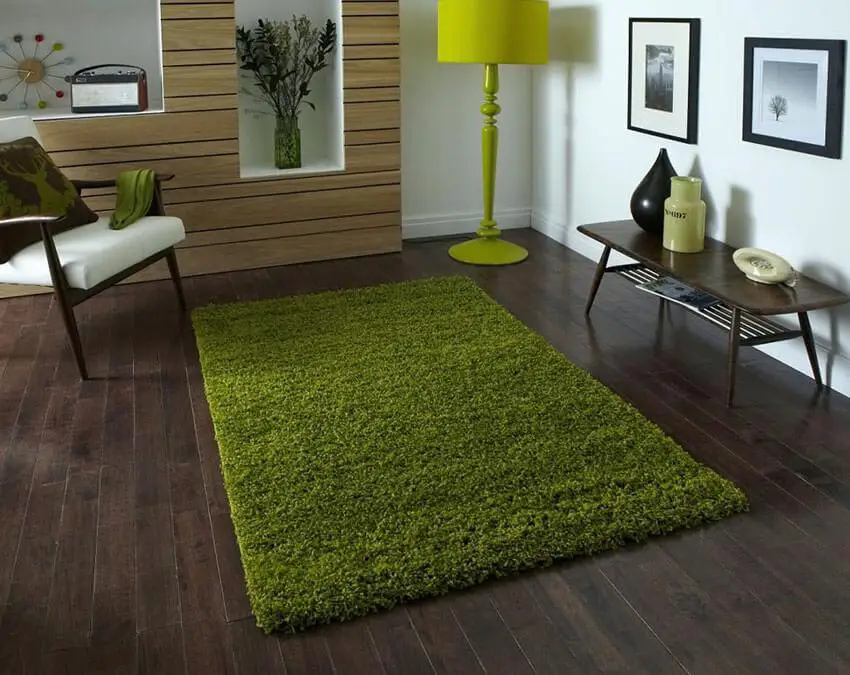
It started as a novelty—an indoor putting green or fun “green wall” moment. But fake turf inside your home quickly goes from quirky to questionable. It’s tough to clean, traps allergens, and wears poorly in high-traffic zones. And let’s be honest: it rarely looks like real grass once it’s been walked on for a while.
Designers often caution against using outdoor materials inside unless they’re adapted for indoor use. If you’re trying to create a biophilic look, there are better options—like moss walls or real plants. Buyers may question the hygiene and maintenance involved with turf flooring or walls. And if they hate it, they’re also thinking about the cost and hassle of removal.
9. Faux Fireplace Builds with MDF

Creating a cozy focal point is a popular trend, and faux fireplaces are popping up everywhere online. But when TikTokers use MDF and contact paper to build a “luxury” look, the result can feel flimsy in real life. These builds often skip insulation or ventilation, which limits whether you can safely add an electric insert. Worse, poorly anchored structures can actually be a safety risk.
For a true design impact, a custom fireplace build should use quality materials and proper supports. Otherwise, it becomes more of a prop than a feature. Buyers today want focal points with form and function—not just aesthetic fluff. A fireplace that can’t hold up to inspection is more of a liability than a perk.
10. Overdoing Painted Archways and Color Blocking

A little creativity can go a long way—but sometimes TikTokers go too far with paint. Oversized color-blocked arches and funky wall shapes are bold, but they don’t work for every room or buyer. While fun to look at online, these shapes can clash with furniture layouts or make walls feel chopped up. And unfortunately, many DIYers skip the prep and clean lines needed for it to actually look good.
What feels “artsy” in one moment can feel chaotic later, especially if you’re trying to resell. Most buyers want flexibility in their space—and neutral walls still sell best. A loud painted arch might stand between you and that offer. If you want a pop of color, stick to a rug or throw pillow.
11. Kitchen Cabinet “Deconstruction”
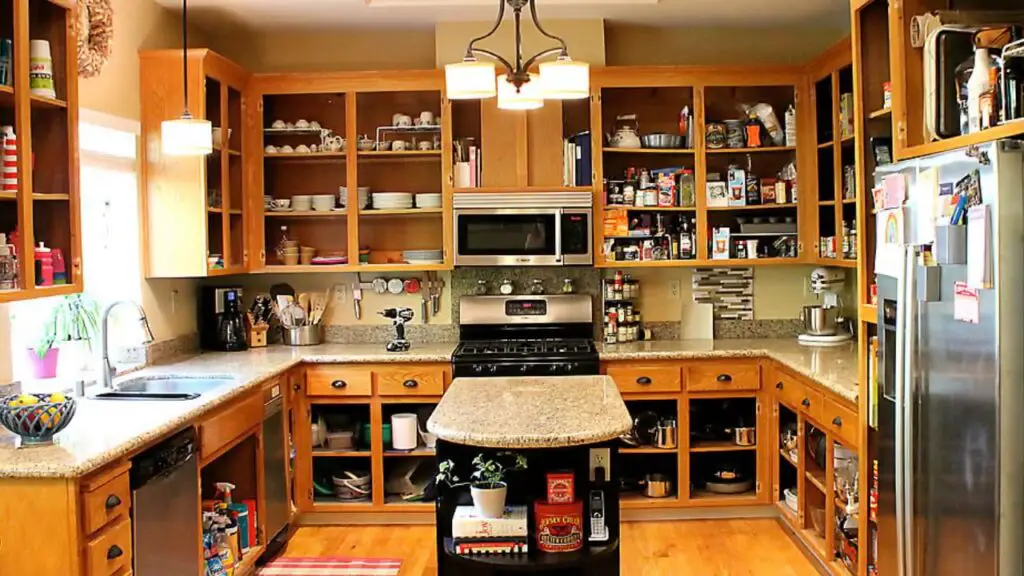
Some creators are removing cabinet doors entirely to create “open concept” kitchens. The idea is to avoid the cost of open shelving and give a breezy, minimalist vibe. But in practice, it usually makes kitchens look incomplete. Plus, no one wants to stare at a shelf of half-used spices and mismatched mugs.
It also makes cleaning more difficult, since you’re constantly wiping down exposed items. What started as a budget hack often reads as unfinished or careless. If you’re ditching doors, at least commit to a full styling job—and even then, it’s risky. Most people just want clean lines and hidden storage.
12. Overly Themed Accent Walls

TikTok loves a good transformation—and nothing gets clicks like a dramatic accent wall. But some go too far with wallpaper murals, sponge paint textures, or bold decals. While a statement wall can work in moderation, going too specific or trendy can limit your resale appeal. Most people don’t want to inherit a jungle-themed nursery or a galaxy-print bedroom.
If the trend fades, the wall becomes a project for the next buyer—or a reason to walk away. Experts agree that subtle, versatile finishes tend to sell better. A splash of style is fine—but not if it dominates the whole space. In most cases, less is definitely more.
